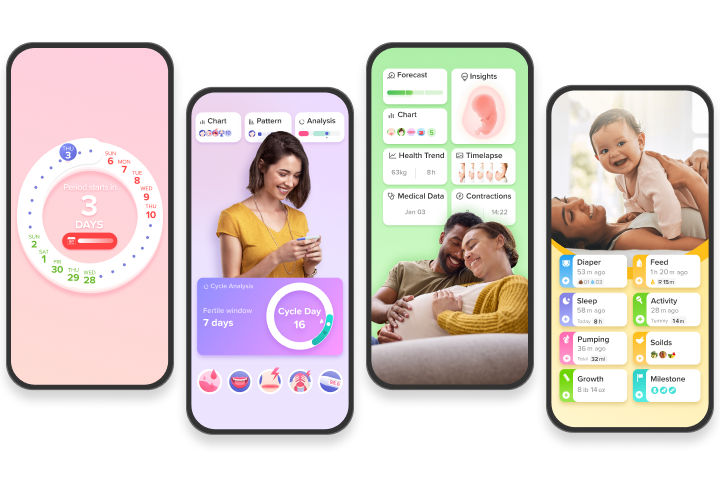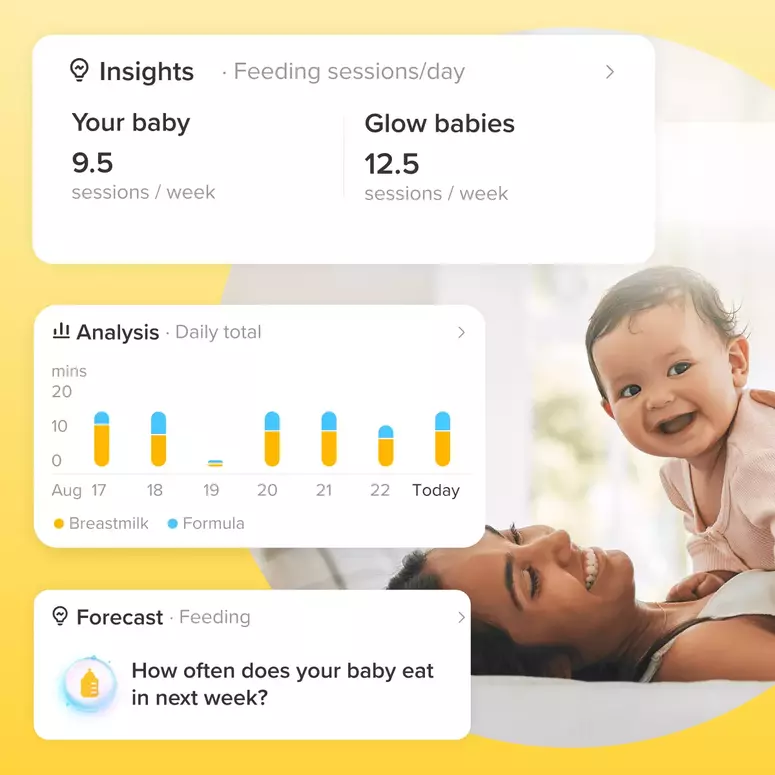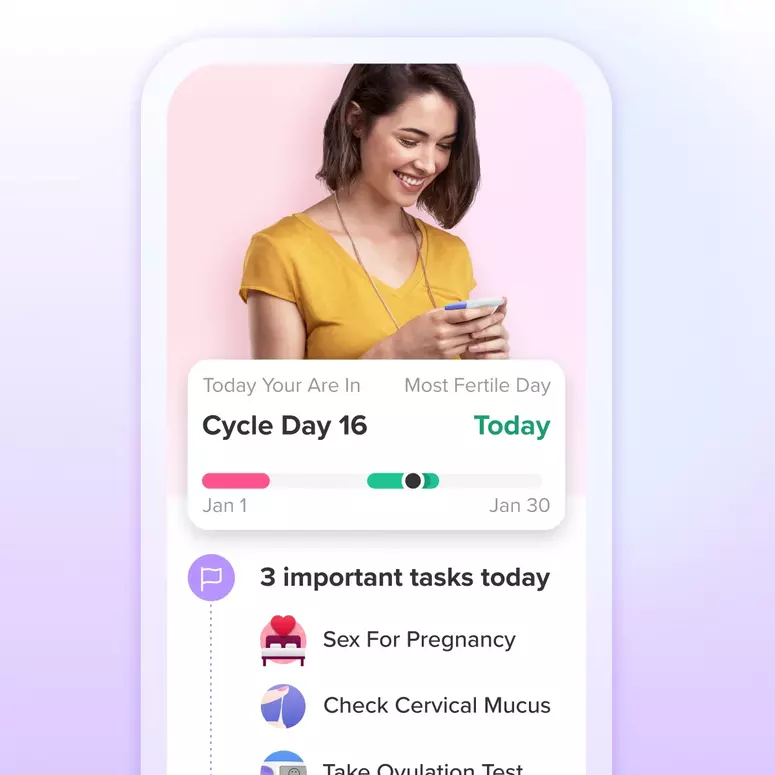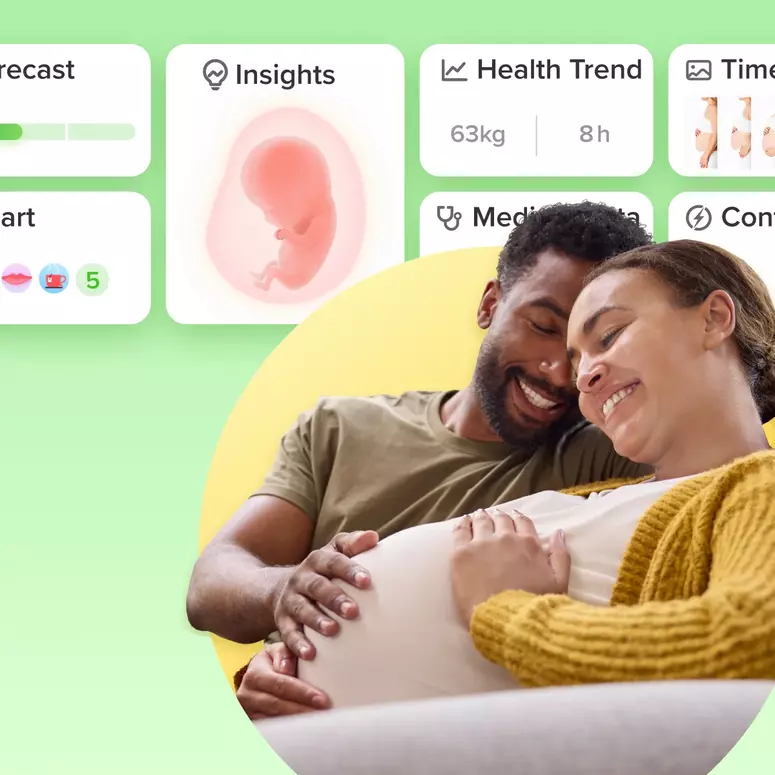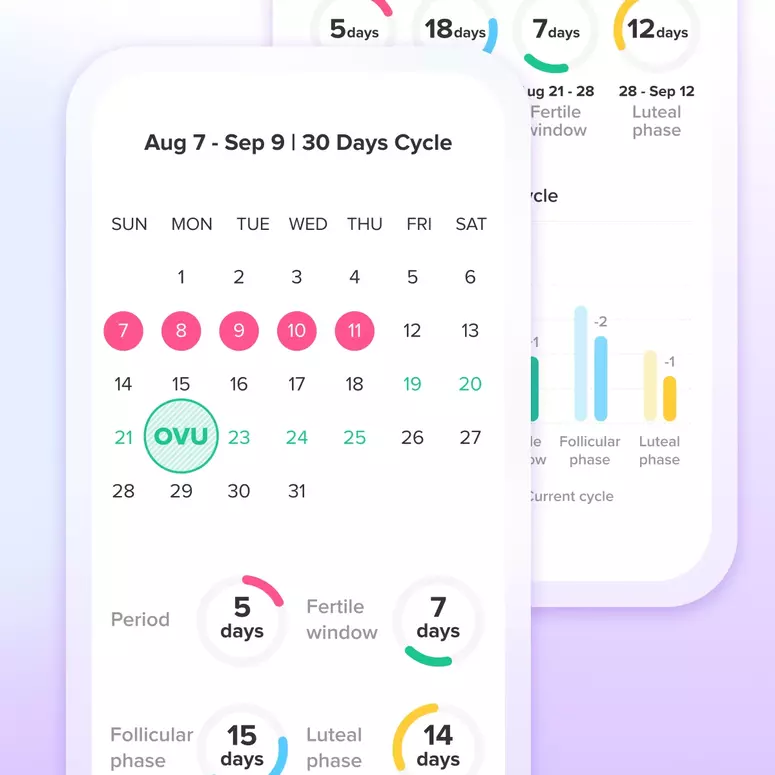Info For the Ladies that gets a faint line
or Pregnancy >> Faint Line on Pregnancy Test
It's happened to so many of us - particularly those of us addicted to early pregnancy testing: you take a pregnancy test, follow the instructions to a "t", and at the end of the interpretation period, there's a faint line on the pregnancy testwhere the test line would appear. What does it mean? Am I pregnant? Or am I simply seeing things...?
By the letter of the law, ANY test line that's visible on a pregnancy test - even a faint one - indicates a positive result. (This is often confusing for those of us who take ovulation tests, as they work in a completely different manner. With ovulation tests, you must compare the intensity of the test line to the intensity of the control line. Only when the test line matches or exceeds the intensity of the control is it considered to be a positive result.) This concept is an important one, and bears repeating: ANY test line that appears within the interpretation time period (assuming proper testing protocol was observed) should be considered a positive result and an indication of pregnancy.
So what causes a faint line on a pregnancy test to appear? Why don't test manufacturers simply calibrate pregnancy tests such that a positive is always bold and easy to discern? Wouldn't that make our lives so much easier?
The reason you would see a faint line on a pregnancy test is that the hcg level is probably very close to the sensitivity threshold of the test. For example, if you dip a pregnancy test that is sensitive to 20 miu/ml hcg in a sample of urine containing precisely 20 miu/ml hcg, the test manufacturer is expecting this test to yield a positive result, albeit very likely a faint one. In the interest of avoiding false positive results (as we all have baseline hcg in our urine, even in our non-pregnant state), the test manufacturer wants a 19 miu/ml hcg level to yield a negative result with no test line visible. Such is the tightrope the test manufacturer must walk - very small differences in hcg quantities must yield completely different results.
Even when we understand the reason for a faint line, it doesn't prevent us from wanting to see a more dramatic, conclusive result. Fortunately, there are a few things you can do to satiate your need to see the elusive "BFP" - big fat positive.
The simplest strategy is to simply wait another day or two. HCG levels in early pregnancy rise exponentially, and you will likely see a faint positive grow bolder in a matter of days. In the photos below, notice how the test line changes from a very faint line to a much darker line in a matter of just a few days!


Another arrow in the quiver of the early pregnancy tester is first morning urine. First morning urine is the term used to describe your first urination of the day, which tends to be more concentrated (think yellow) than the urine produced later in the day after you've consumed liquids. When testing early, this more concentrated sample may mean the difference between a faint positive and a negative result.
Here's another look at a real-life sample of a faint line on a pregnancy test indicating a positive result. The following is an image submitted by an actual customer of Early-Pregnancy-Tests.com, along with her comments. (Note that blood hcg levels and urine based levels are an "apple/orange" comparison; blood levels of hcg will always be exponentially higher than urine levels.)
"We just got our BFP and couldn't be happier! We heard about your site and your products and started ordering from you about three months ago. We purchased the tests and the ovulation test stripsand were blessed to get a POSITIVE on the third month! We saw a faint line on 11 DPO, and it took the complete 5 minutes to process. Today is day 15 DPO, so we took another and the line quickly showed up and it was a lot darker! The picture you see is from the 15 DPO test. Thanks so much for your affordable products! We couldn't be happier!"
A word of caution about evaporation lines . . . As your urine dries on the test strip, an evaporation line will sometimes appear, which might be confused with a faintly positive test line. As a result, it is important to interpret the results within time frame recommended by the test instructions (usually 5 minutes). That way, you will be sure to know that the appearance of any bands is due to a positive test and not the result of urine evaporation
Let's Glow!
Achieve your health goals from period to parenting.
